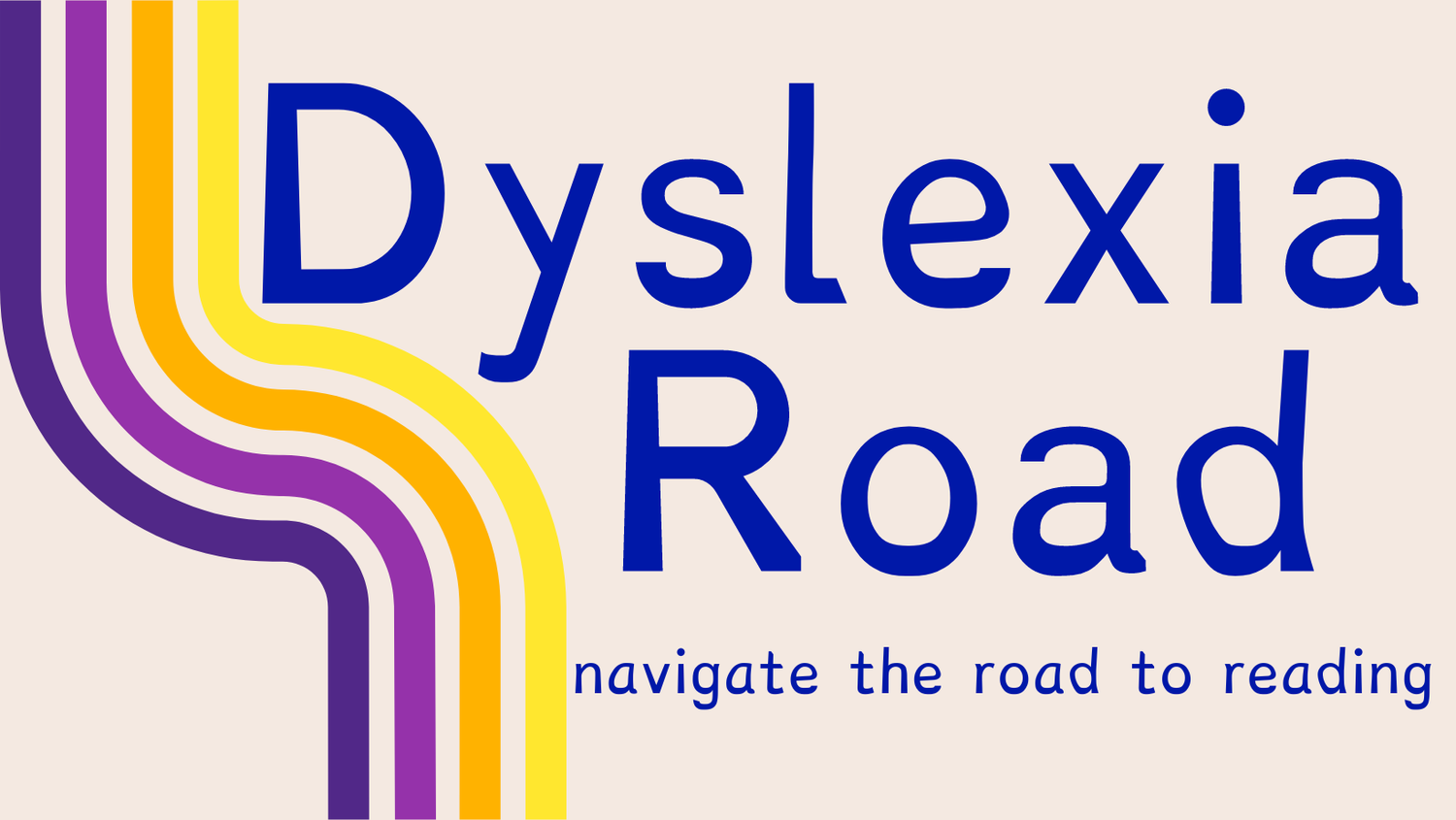-

Aaron Slater, Illustrator by Andrea Beaty and illustrated by David Roberts
Aaron Slater loves listening to stories and dreams of one day writing them himself. But when it comes to reading, the letters just look like squiggles to him, and it soon becomes clear he struggles more than his peers. When his teacher asks each child in the class to write a story, Aaron can’t get a single word down. He is sure his dream of being a storyteller is out of reach . . . until inspiration strikes, and Aaron finds a way to spin a tale in a way that is uniquely his.
Printed with a dyslexia-friendly font, Aaron Slater, Illustrator tells the empowering story of a boy with dyslexia who discovers that his learning disability may inform who he is, but it does not define who he is, and that there are many ways to be a gifted communicator.
-

Your Fantastic Elastic Brain by JoAnn Deak, PhD
The book is aimed at young readers and provides an engaging and accessible introduction to the concept of neuroplasticity. It explores the idea that the brain is like a muscle that can grow and adapt through experiences and challenges.
The story follows a young girl as she learns about her brain and how it can change and grow. It emphasizes the importance of facing challenges, making mistakes, and learning from them, all of which contribute to the development of a healthy and flexible brain. The book uses simple language and colorful illustrations to make the complex topic of brain science accessible to children, encouraging them to embrace challenges and understand the power of their own minds.
-

It’s Called Dyslexia by Jennifer Moore-Mallinos
The book is designed to help young readers understand and cope with dyslexia, a learning difference that can affect reading, writing, and spelling.
The story follows a young boy named Ben, who faces challenges in reading and writing. As he struggles with these difficulties, his teacher helps him understand that he has dyslexia. The book sensitively explores Ben's feelings and experiences, emphasizing that dyslexia doesn't define his intelligence or potential. Instead, it encourages readers to recognize and appreciate the unique strengths and talents that individuals with dyslexia often possess.
"It's Called Dyslexia" aims to raise awareness and promote understanding about dyslexia among children, teachers, and parents. The book provides a positive and supportive perspective on learning differences, fostering empathy and acceptance. The intended audience is typically children aged 4 to 8, or those in the early elementary school years.
-

The Wild Book by Margarita Engle
The story is set in 1912 and is inspired by the author's family history. It revolves around the character of Fefa, a young girl in Cuba who struggles with dyslexia, which is referred to as "word-blindness" in the book.
Fefa's mother gives her a blank book, known as "The Blank Book," and encourages her to fill it with words. Fefa discovers the power of poetry, and through her poems, she not only expresses her thoughts and emotions but also begins to overcome her challenges with reading and writing. The novel is a celebration of the written word and the idea that everyone can find their unique way of communicating.
"The Wild Book" is written in free verse, making it a poetic and accessible read. It explores themes of family, literacy, perseverance, and the transformative nature of words. The book is suitable for middle-grade readers and provides a heartfelt and inspiring narrative about overcoming obstacles through creativity and self-expression.
-

Fish in a Tree by Lynda Mullaly Hunt
The story revolves around a young girl named Ally Nickerson, who struggles with dyslexia. Ally has managed to hide her learning difficulties by being disruptive in class and trying to divert attention away from her challenges.
The narrative takes a turn when a new teacher, Mr. Daniels, enters Ally's life. Unlike previous educators, Mr. Daniels sees through her tough exterior and recognizes her potential. Ally begins to discover her strengths and talents with his support and encouragement. The book is a journey of self-discovery and resilience as Ally embraces her differences and understands that dyslexia doesn't define her intelligence or worth.
"Fish in a Tree" addresses themes of empathy, understanding, and the importance of educators in recognizing and nurturing the unique qualities of each student. The intended audience for the book is typically middle-grade readers ages 10 and up. The story aims to inspire and uplift young readers while fostering a sense of compassion for individuals facing learning challenges.
-

Hank Zipzer: The World’s Greatest Underachiever by Henry Winkler and Lin Oliver
The series follows the adventures of Hank Zipzer, a young boy who faces learning challenges and often finds himself in comical situations. Hank is a bright and creative student, but he struggles with dyslexia, which adds an extra layer of complexity to his school life.
The books are generally aimed at middle-grade readers, typically around the ages of 8 to 12. The stories blend humor, relatable characters, and positive messages about overcoming challenges. Hank's unique perspective and his supportive friends and family make the series both entertaining and educational, offering young readers insight into the experiences of individuals with learning differences.
